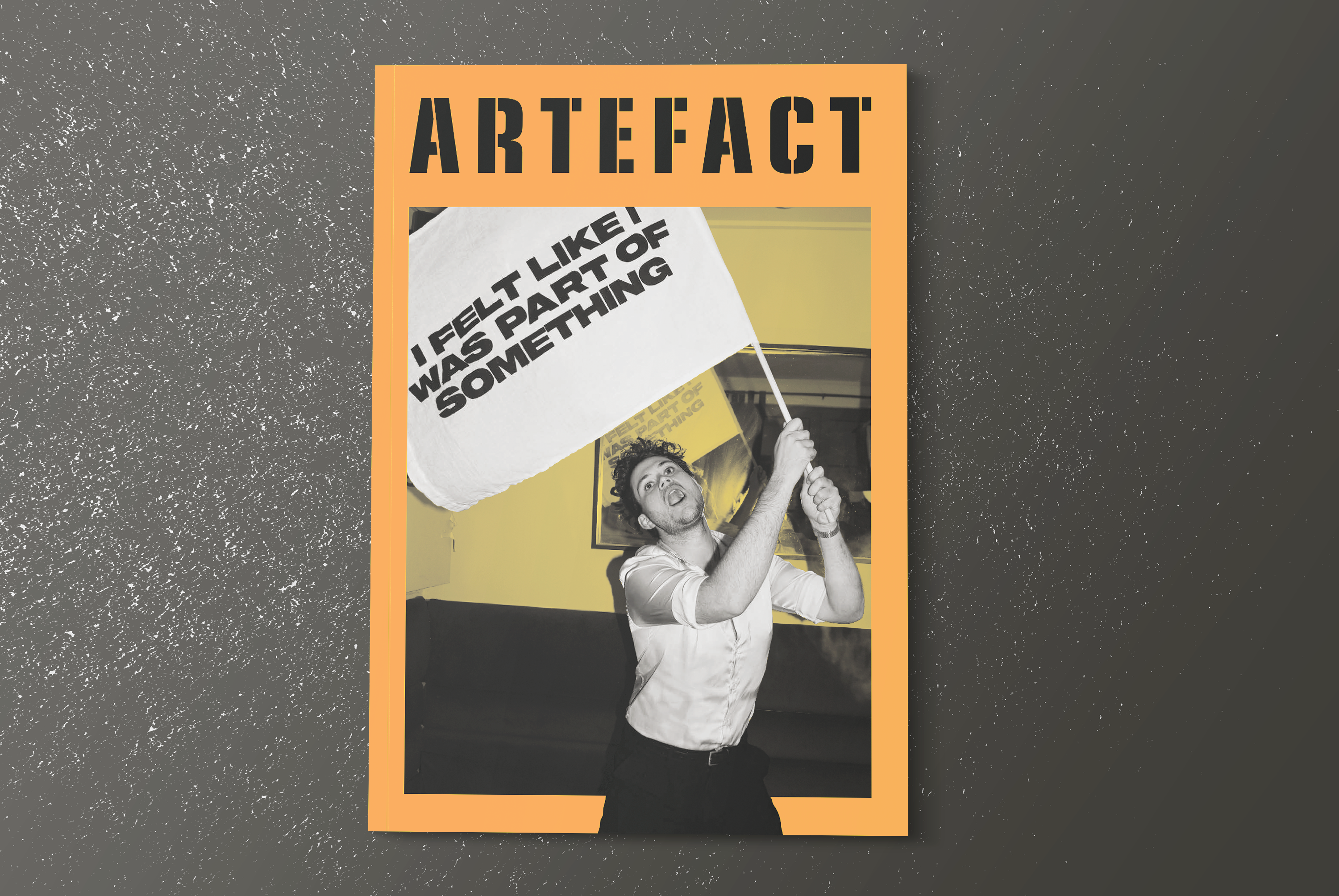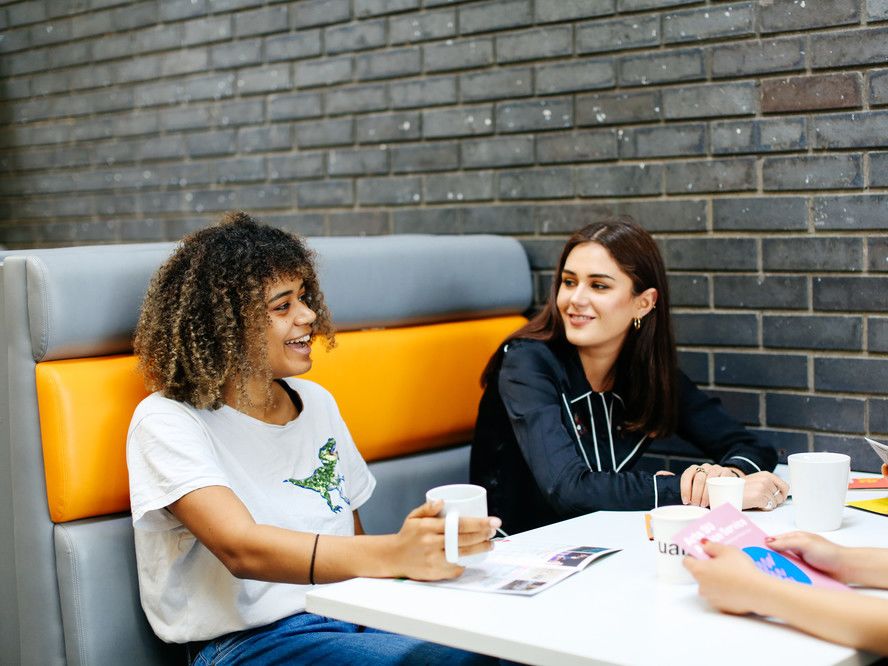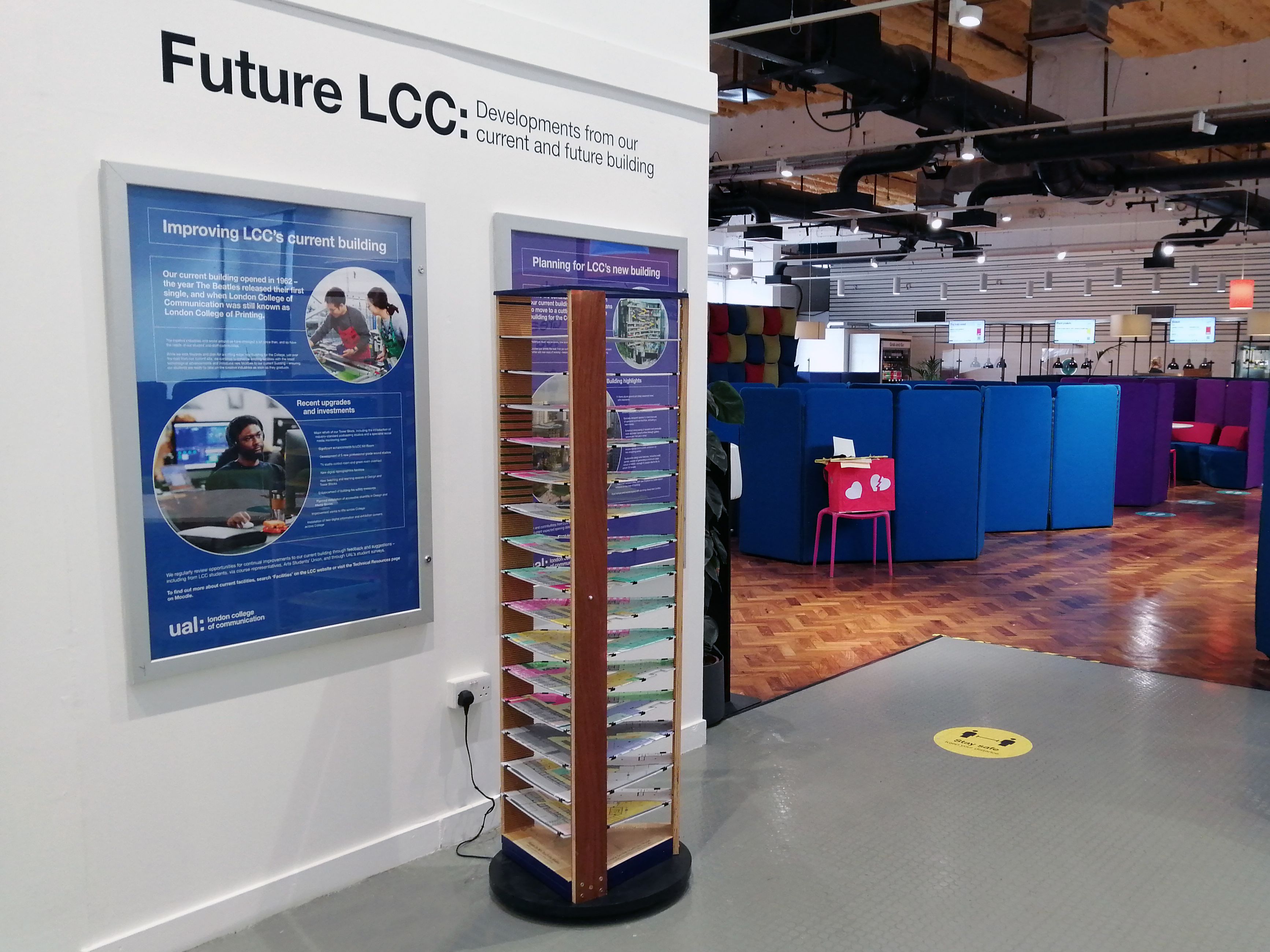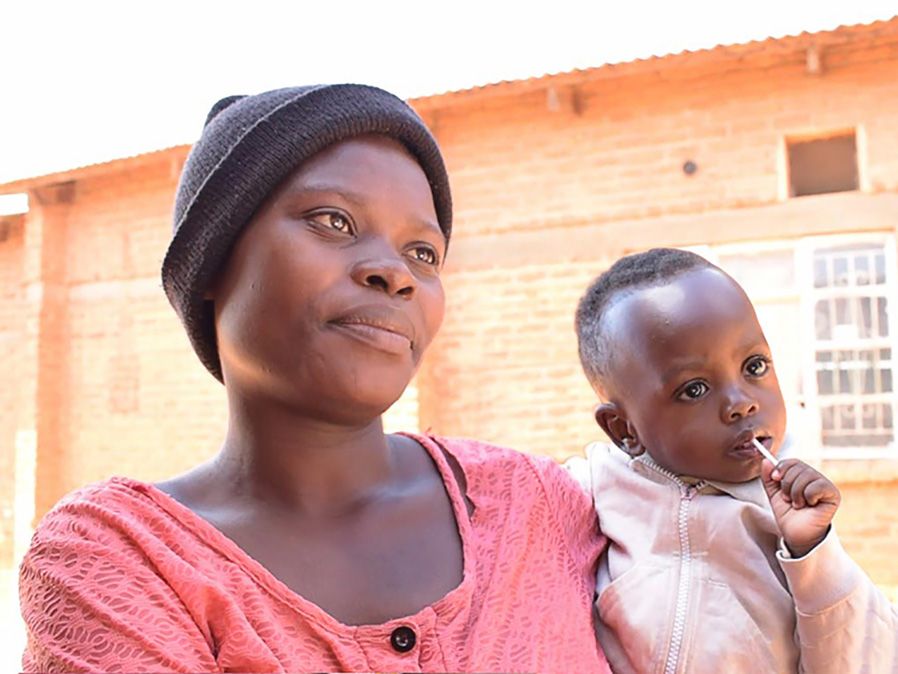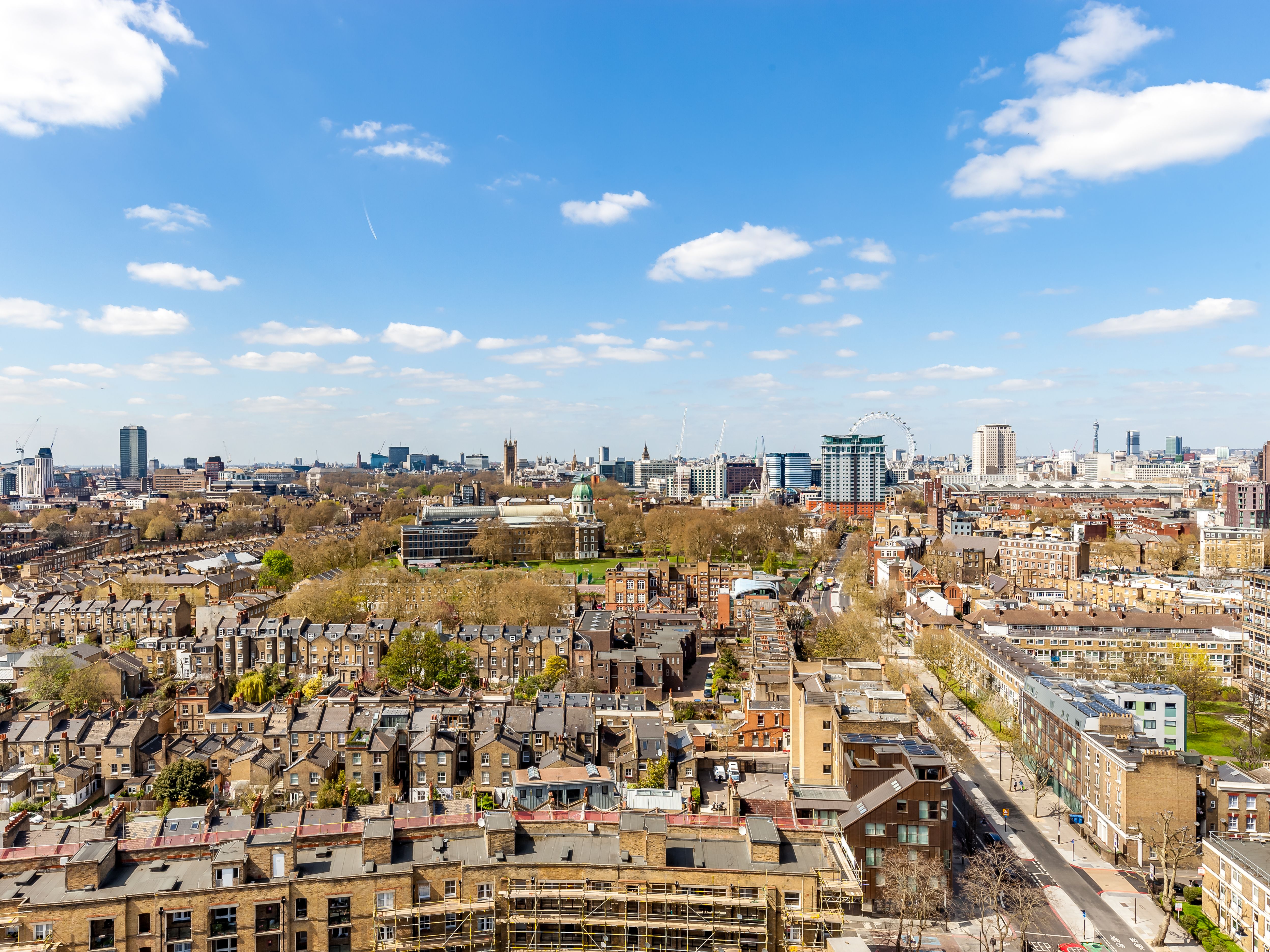Founded in 2014, Artefact magazine is an integral part of LCC’s BA (Hons) Journalism course – not only as a Final Major Project assessment for the students, but also as a showcase of their work to a wider audience.
And earlier this academic year, Artefact released the first issue of the magazine following a major re-design – switching to an eco-friendly paper and natural ink, getting rid of the heavy cover, and printing a limited number of copies, aiming to make the publication more sustainable.
We caught up with Annika Loebig and Rob Wallace, Year 3 BA (Hons) Journalism students and content creators for Artefact, to discuss the recent Artefact revamp and the innovative approach to sustainability.
How would you describe Artefact’s values?
Annika: I think it is fair to say that with the recent revamp, we would like to put sustainability at the heart of what we do at Artefact. But I would say our values also include diverse youth representation and creativity in all we publish – from our features and news articles to audio and video content.
Rob: Artefact represents an opportunity for practice and experimentation. Whilst we are aiming to make a high standard professional magazine, we have free reign to explore our creativity and expand our forms – be it in written articles, podcasts, or videos – in an interesting, non-judgemental, and diverse environment.

Artefact recently added video content and a podcast series – what is the reason behind making Artefact more than just a printed magazine and website?
Annika: One of the reasons we wanted to expand Artefact by adding a podcast series and video content to our repertoire was because we wanted to reflect the wide variety of journalistic skills present within our group.
This also allows readers to engage with our journalism in whatever way they prefer, so it is really a win-win.
Rob: Post-lockdown presented a real opportunity to change the magazine for the better. Other than the sustainable changes we made to the print edition, some of the challenges surrounding access that were brought to the forefront during the pandemic allowed us a rethink about how we could make Artefact accessible for everyone.
Digital was the obvious solution, so we chose to include QR codes within the physical magazine that links to a more access-friendly, digital edition of the magazine – and all previous issues – online. It is such a minor change, but if it means that the magazine is even partly more accessible for all audiences, then it is one we felt we should make.

The fresh look of the magazine is hard to miss – what influenced the change?
Annika: Ever since the beginning of Artefact, it had become the norm to print more issues of the magazine than we could distribute, meaning we were left with a lot of dead stock.
With the increasing visibility and importance of embedding sustainability in our creative practices, we wanted to make sure Artefact starts sets a new precedent in the way that we operate. As Artefact produces two print issues each year, it seemed long overdue to start printing more responsibly and sustainably – particularly as we also report on climate stories and environmental justice.
One way in which we have made Artefact more sustainable is by printing a limited number of copies – about 1,000 this time – and replace the usually environmentally- wasteful, heavy cover with paper approved by the Forestry Stewardship Council, that is the same as the rest of the magazine. We also used no cover coatings, as these use chemicals and mean the paper cannot easily be recycled.
We also decided to hold the magazine together by using saddle stitching rather than perfect binding to avoid the use of glues and used Artefact's space more efficiently by putting text on the inside and back cover to reduce paper use.

How does working on Artefact prepare Journalism students to enter the industry after graduation?
Annika: Working on Artefact is a fantastic opportunity to experience what it is like to work in a team with rotating responsibilities – and it is also just really rewarding to hold the end product in our hands, knowing that we all worked so hard on every issue for several months.
Some of the processes such as editing and sub-editing pieces, publishing work through WordPress, and producing media strategies to promote it, all require skills we can implement into our careers across the media and journalism industry.
Rob: Artefact gives you the opportunity to gain some experience of what it is like working in a newsroom, from writing articles, editing, and ultimately seeing some of that work come to life in print. It is about as close to working in an industry you can get at university, and I think we all feel a little more prepared for life after graduation.
If you would like to get a paper copy of the latest issue of Artefact, please collect one by the entrance at LCC or send a direct message to the Artefact team on Instagram and they will mail you a copy.
The next issue of the Artefact magazine will be published after the Easter break.
For more digital content from Year 3 BA (Hons) Journalism students, visit Artefact website and to read all previous issues of the printed Artefact magazine, visit Artefact magazine profile on issuu.
